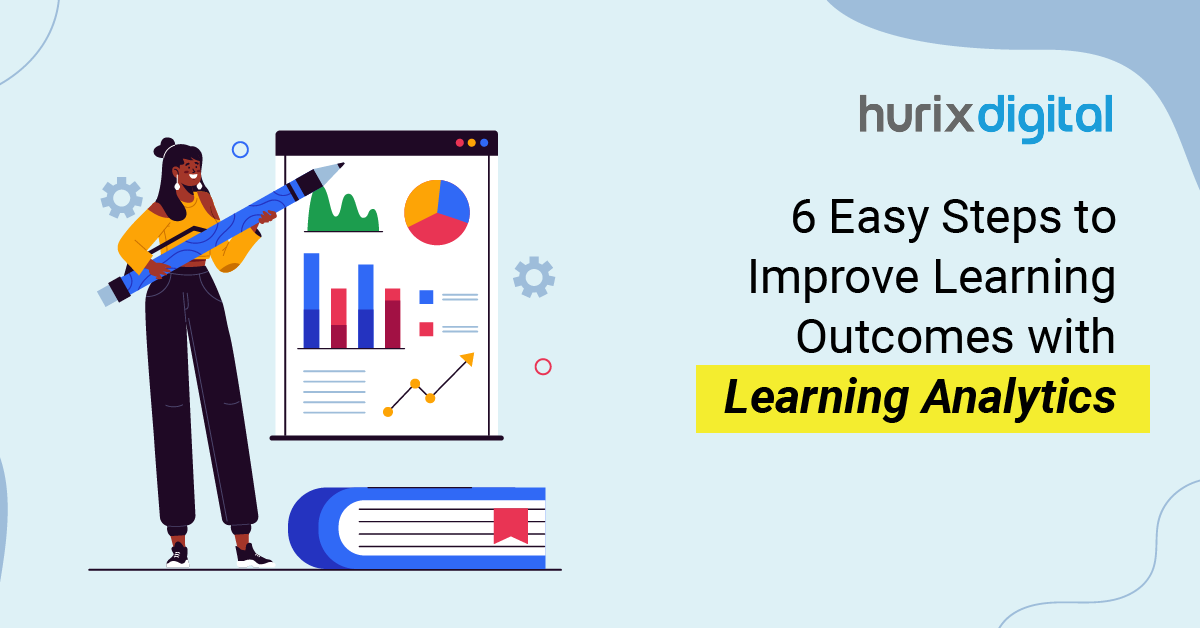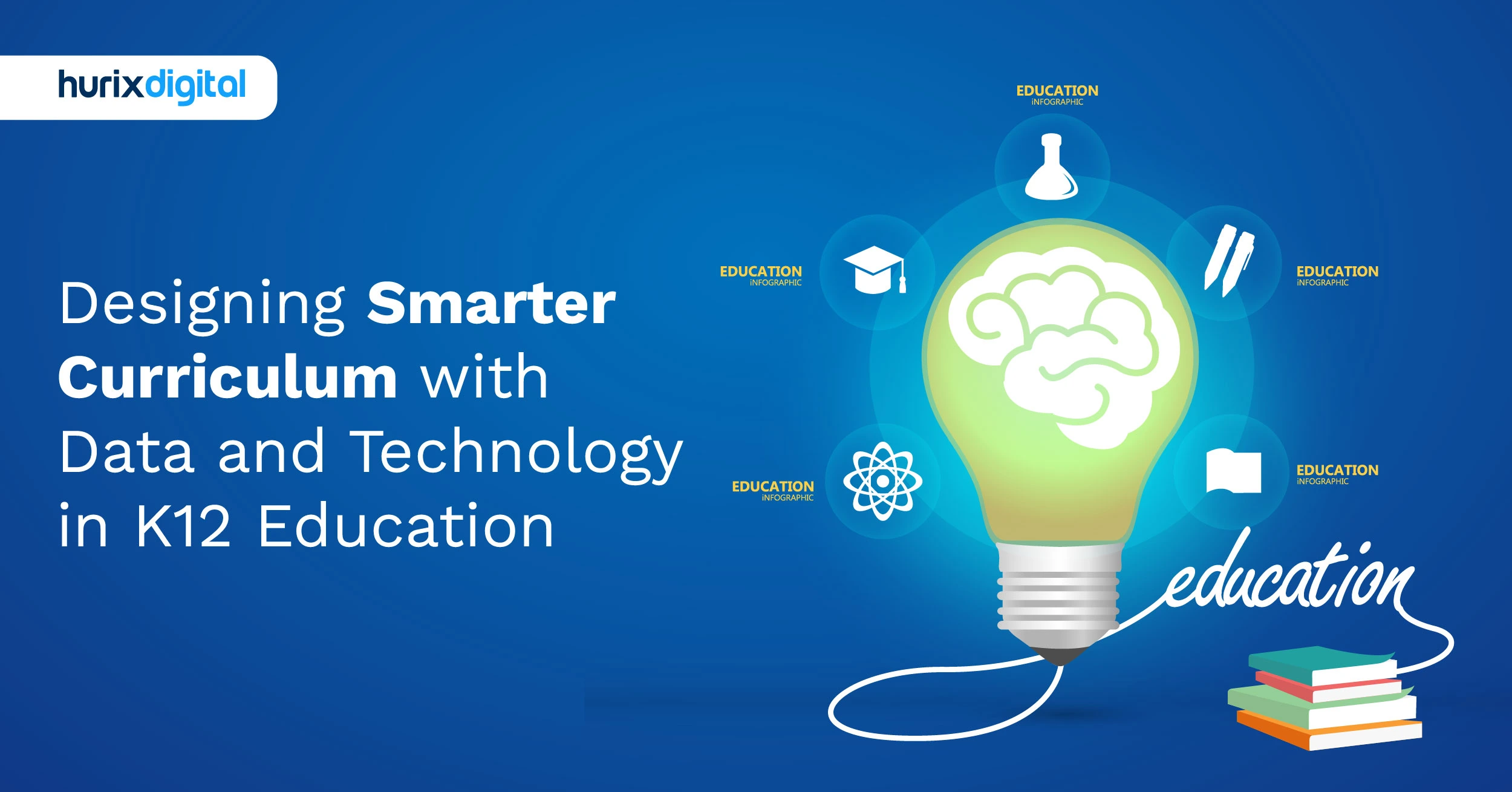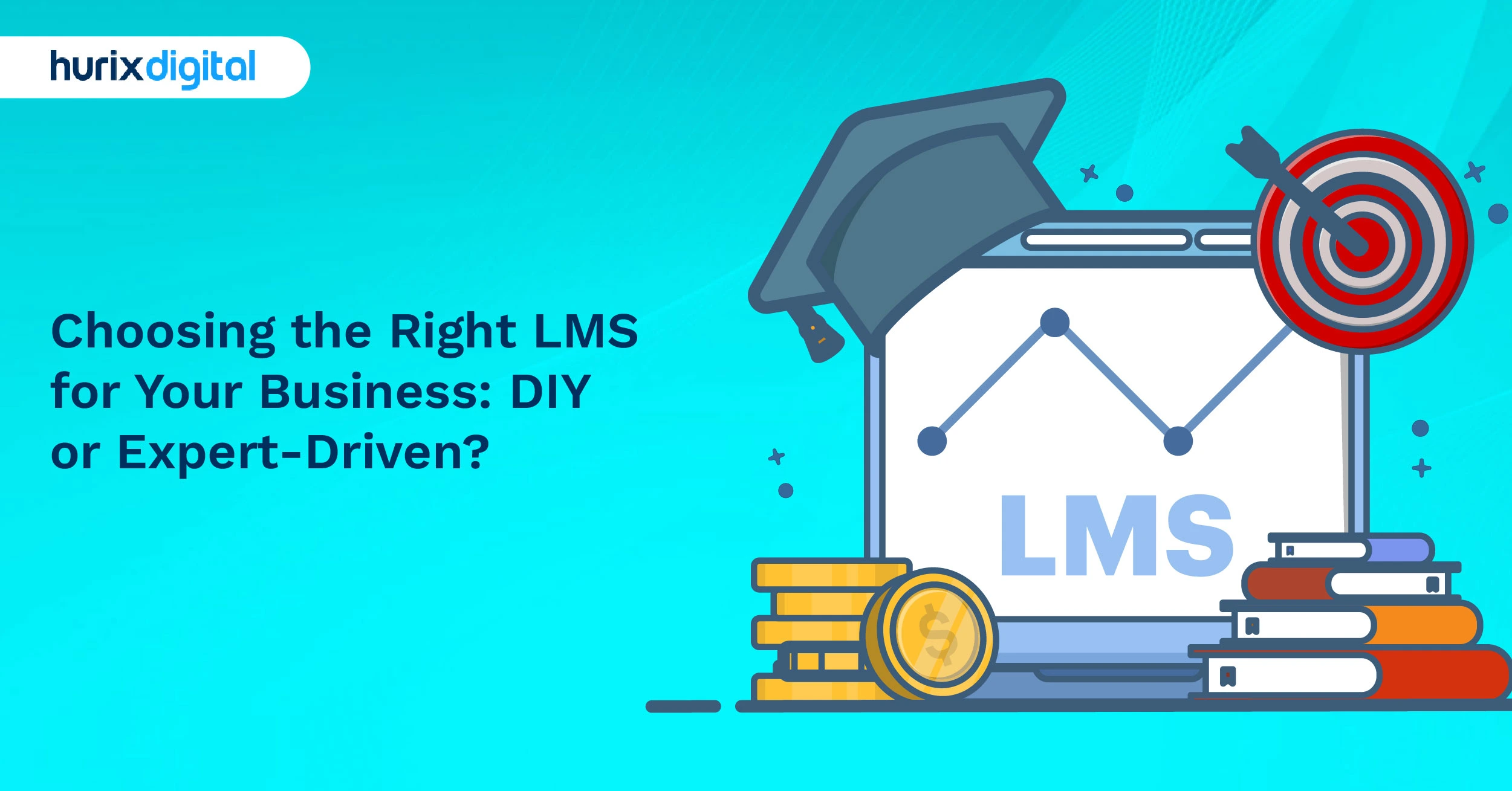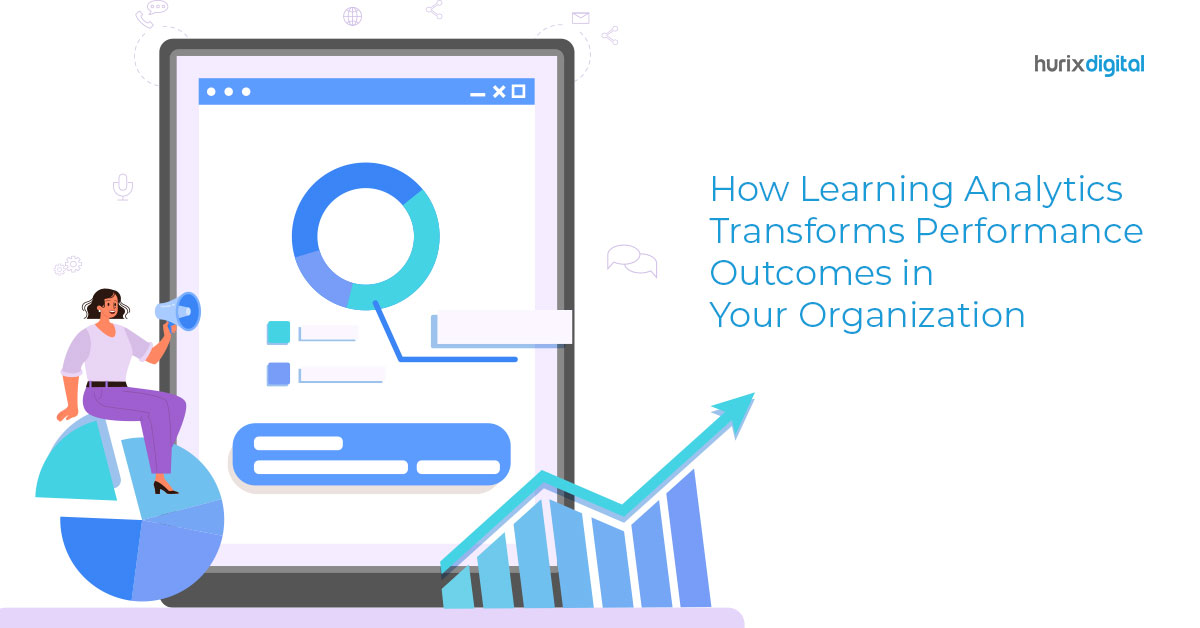
6 Easy Steps to Improve Learning Outcomes with Learning Analytics
Summarize with:
According to a recent study, the worldwide market for selling education technologies is predicted to reach an astounding $257.03 billion by 2027. The presented application of learning analytics is framing this vast data volume.
As more educational institutions use learning analytics, the importance of comprehending students’ learning processes is increasing. Learning analytics is the process of obtaining and analyzing information about a learner’s activities in a learning environment.
This information could include anything from a student’s completion rate and quiz scores to their time spent on particular learning assignments and whether or not they interact in online forums.
This implies that educators might use big data to gain a deeper understanding of their pupils and pinpoint areas in which they may encounter particular difficulties. Thus, the learning procedures can be tailored.
Table of Contents:
- Learning the Power of Learning Analytics in Education
- 6 Steps to Implement Learning Analytics in Your Institution
- Wrapping Up
Learning the Power of Learning Analytics in Education
Learning analytics offers a range of benefits for educators and students alike.
| Benefit | Description |
| Improved Student Engagement | By customizing lessons to each student’s behavior and preferences, teachers can boost engagement and motivation. |
| Personalized Learning | Learning analytics helps identify individual student needs and learning styles, allowing for personalized learning pathways with targeted instruction and support. |
| Early Intervention | Early identification of at-risk pupils enables teachers to intervene promptly and save them from falling behind. |
| Effective Resource Allocation | Learning analytics data helps guide resource allocation decisions, directing funds to areas that have the biggest effects on students’ learning. |
| Data-Driven Decision-Making | Learning analytics supports the development of an evidence-based decision-making culture in educational institutions by empowering teachers to move beyond intuition and anecdotal evidence. |
Also Read: The Impact of AI on Predictive Analytics in Education – Highlighting the Major Benefits
6 Steps to Implement Learning Analytics in Your Institution
Implementing learning analytics doesn’t have to be overwhelming.
Here’s a breakdown of six easy steps to get you started:
1. Define Your Learning Goals
Well-defined learning goals are the foundation of every effective learning analytics program. By serving as a road map, these objectives direct you to the precise data points that will yield the most insightful information.
Here’s how to effectively define your learning goals:
| Criteria | Description |
| Focus on Specific Outcomes | Move beyond broad statements. Define measurable learning objectives. |
| Example: Increase student completion rates for online modules by 15% within the next semester. | |
| Align with Curriculum Standards | Ensure goals align with your curriculum frameworks and learning standards. |
| Example: Improve critical thinking skills as outlined in the national language arts standards. | |
| Consider Diverse Learner Needs | Acknowledge diverse learning styles and needs. Define goals for personalized learning. |
| Example: Reduce the achievement gap in science courses by 10% between high-performing and low-performing students. |
2. Identify Relevant Data Points
With clear learning goals in mind, directors of institutional research can now identify the data points that offer valuable insights into student learning progress.
Here’s a breakdown of potential data sources to consider:
| Data Source | Description |
| Learning Management Systems (LMS) | Provides data on student logins, course completion rates, time spent on modules, and quiz results. |
| Assessments | Includes data from exams, quizzes, assignments, and other assessments to measure student mastery of specific learning objectives. |
| Student Engagement Metrics | Tracks metrics like forum participation, video viewing time, and completion rates for interactive exercises to reveal student interest levels and areas needing improvement. |
| Feedback Surveys | Uses surveys to get input from students in order to understand their learning process better, pinpoint areas of difficulty, and determine how effective they think the course materials are. |
3. Choose the Right Learning Analytics Tools
The learning analytics landscape boasts a diverse range of tools and platforms. Each platform offers unique strengths and functionalities.
Here’s how to navigate this landscape and select the right tool for your institution:
| Criteria | Description |
| Align with Needs and Goals | Consider your specific needs and learning goals. Do you need basic reporting or advanced data visualization and predictive analytics? |
| Budgetary Considerations | Evaluate your budget constraints and choose a solution with necessary features at a sustainable cost. |
| Technical Compatibility | Ensure seamless integration with your existing LMS and educational technology infrastructure. Consider data security protocols and ease of data transfer. |
| Usability and Scalability | Select a user-friendly tool that empowers educators with data access, analysis, and interpretation without extensive technical expertise. Consider the tool’s scalability for future growth in student population and data volume. |
4. Collect and Analyze Data Securely
Student data privacy is paramount.
Here’s how to ensure secure data collection and analysis practices:
| Practice | Description |
| Data Security Measures | Put in place strong data security measures, such as access controls, encryption mechanisms, and frequent security audits. Retain data for as little time as necessary to support learning analytics. |
| Informed Consent | Obtain informed consent from parents/guardians of kids (and younger students) before gathering and utilizing their data for learning analytics. Describe in full the ways that data will be used and protected. |
| Data Anonymization | Consider anonymizing student data whenever possible to further safeguard privacy while still enabling meaningful data analysis. |
5. Interpret Insights and Take Action
Once you’ve collected data, the real magic begins!
Here’s how to translate data points into actionable insights:
| Step | Description |
| Data Visualization | By employing data visualization tools like interactive dashboards and infographics to spot trends and patterns in students’ learning behavior, you can help instructors grasp complex data. |
| Identify Learning Gaps | Analyze data to pinpoint specific areas where students might be struggling. This could be a particular topic within a course or a specific learning skill across different subjects. |
| Targeted Interventions | Develop targeted interventions based on your data insights. This could involve providing additional support resources, differentiated instruction strategies, or personalized learning pathways. |
| Measure Impact | Evaluate the effectiveness of your interventions by analyzing data post-implementation. Did student performance improve? Refine your approach based on the results. |
6. Continuously Monitor and Refine
Learning analytics is a continuous process, not a one-time fix.
Here’s how to ensure your approach remains effective:
| Step | Description |
| Regular Monitoring | Regularly monitor the impact of your learning analytics initiatives. Are your chosen metrics providing valuable insights? Are your defined learning goals being achieved? |
| Data-Driven Refinement | Based on ongoing data analysis, refine your learning analytics approach. Adapt data collection methods, adjust interventions, and re-evaluate your learning goals as needed. |
| Embrace Data-Driven Decision-Making | Motivate your company to use data while making decisions. Encourage educators to leverage learning analytics data to inform their teaching and continuously improve students’ educational experiences. |
Also Read: 5 Ways Data Analytics in EdTech is a Lifeline for Colleges
Wrapping Up
Learning analytics is presently bringing about a major shift in the way teaching and learning are approached in the modern day by increasing the possibilities for creating learner-centered learning environments based on data.
Additionally, educators could improve the efficiency of each learner’s learning process by comprehending huge amounts of data. This raises the prospect of a time when education is a lifetime process that is tailored to each student rather than a prepackaged solution for all pupils.
If you and your institution are prepared to experience the revolution of learning analytics, Hurix Digital can help. We can help you create a three-pronged learning analytics framework that aims to give teachers the information they need to raise each student’s academic achievement.
Contact us today for a free consultation and discover how we can help your institution leverage the power of learning analytics!
Summarize with:

Vice President & SBU Head –
Delivery at Hurix Technology, based in Mumbai. With extensive experience leading delivery and technology teams, he excels at scaling operations, optimizing workflows, and ensuring top-tier service quality. Ravi drives cross-functional collaboration to deliver robust digital learning solutions and client satisfaction
 A Space for Thoughtful
A Space for Thoughtful 



